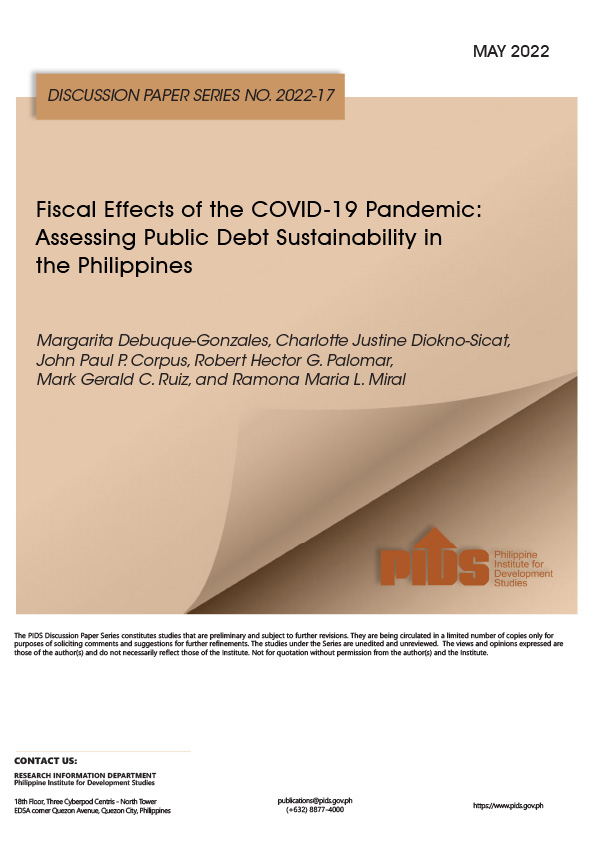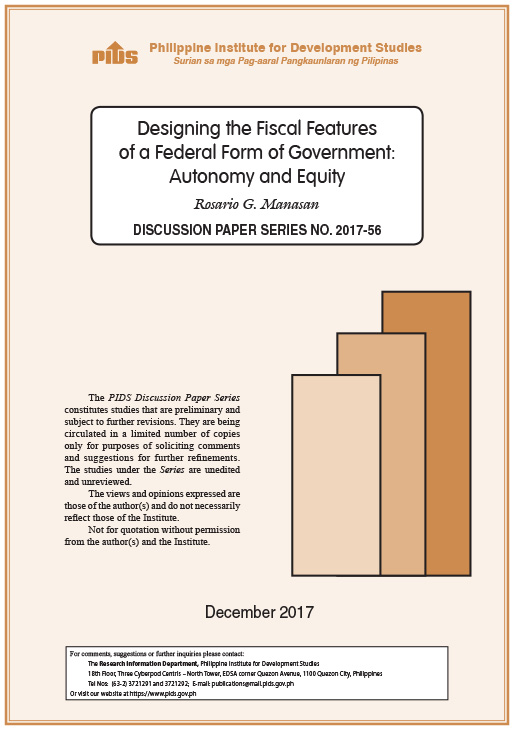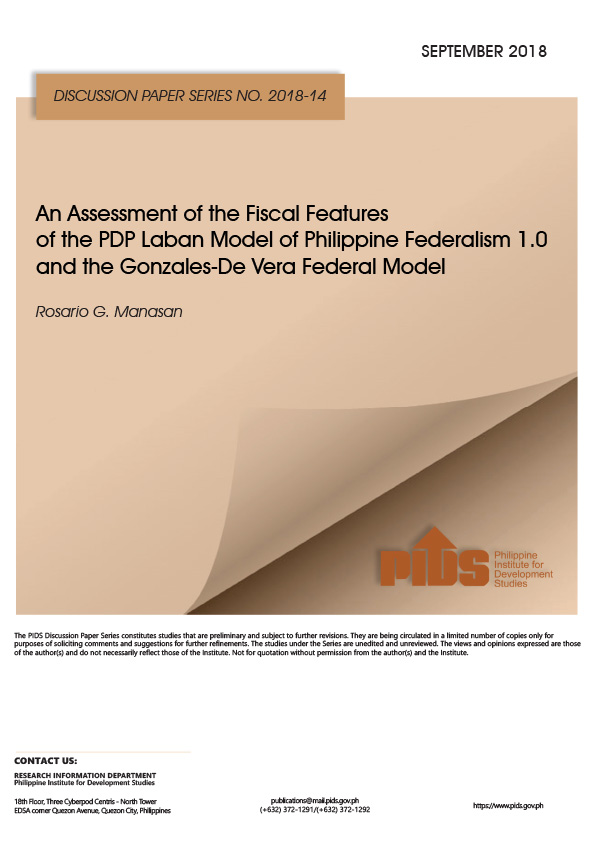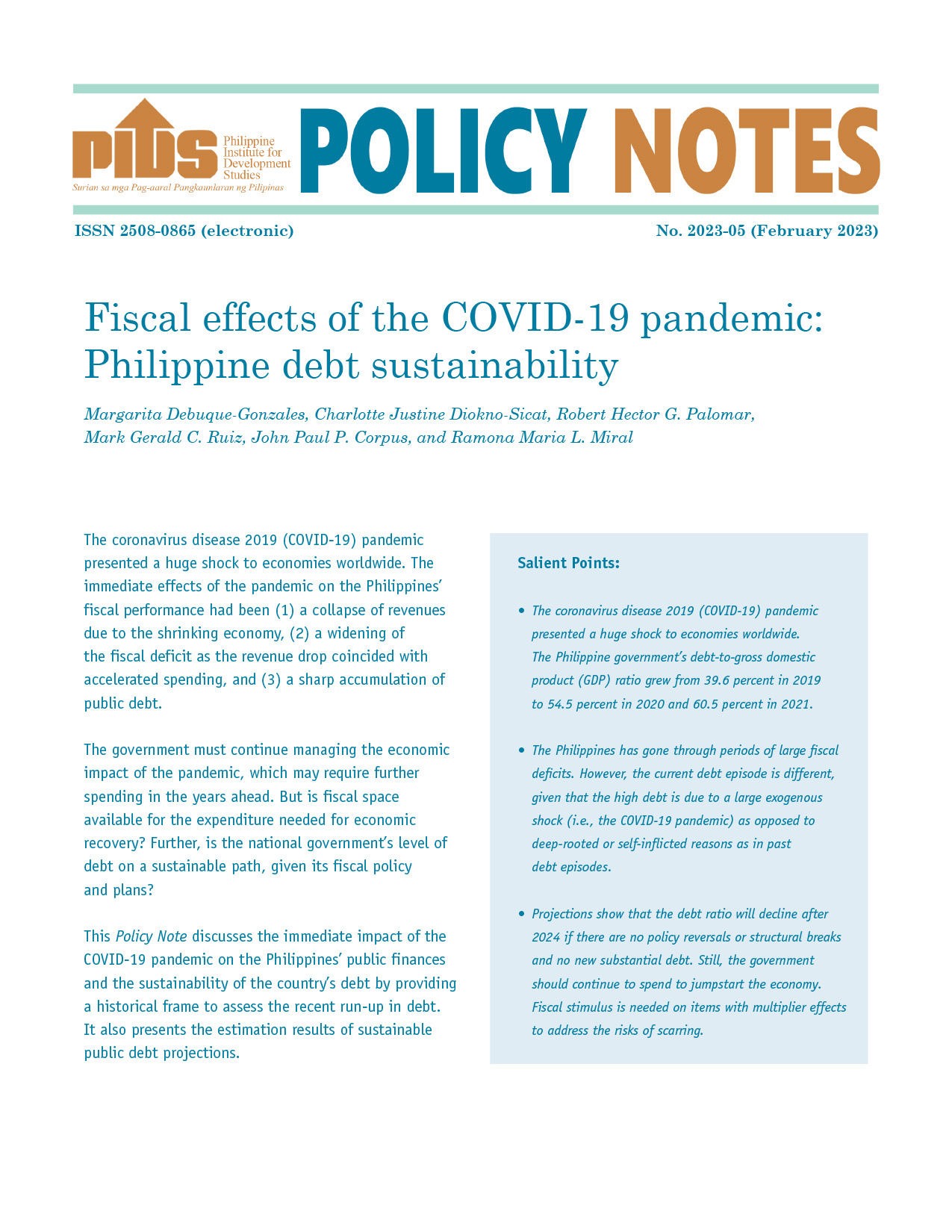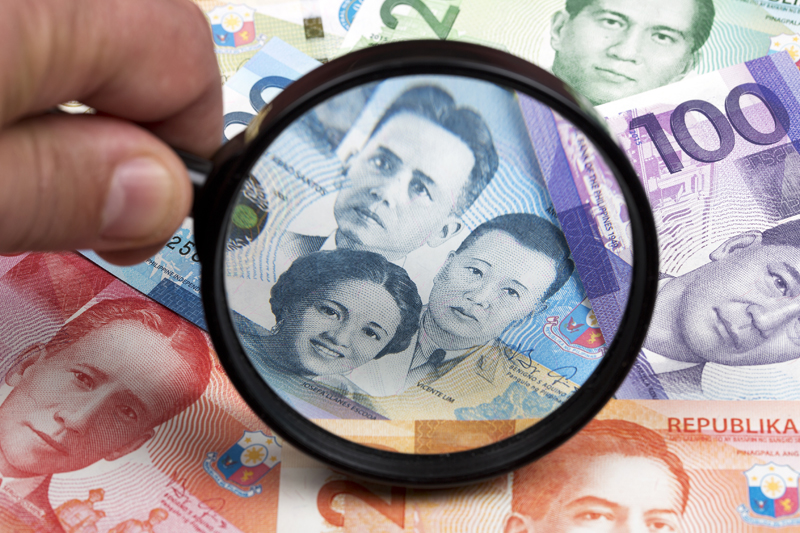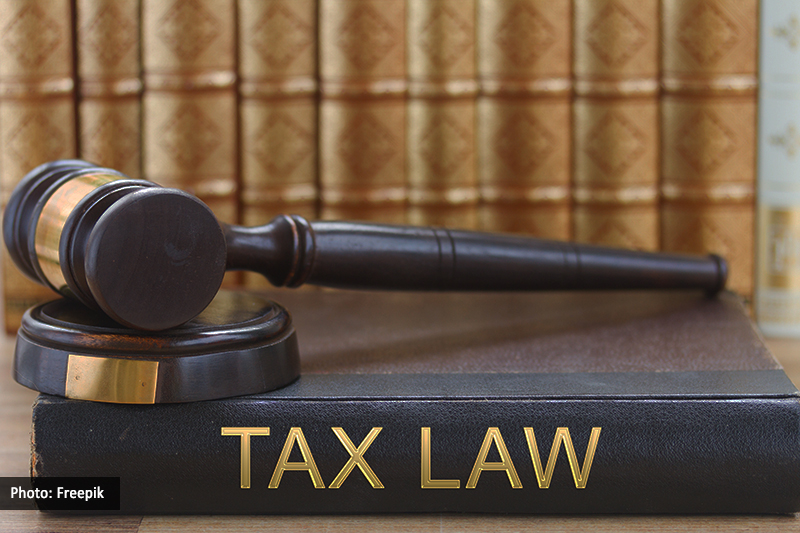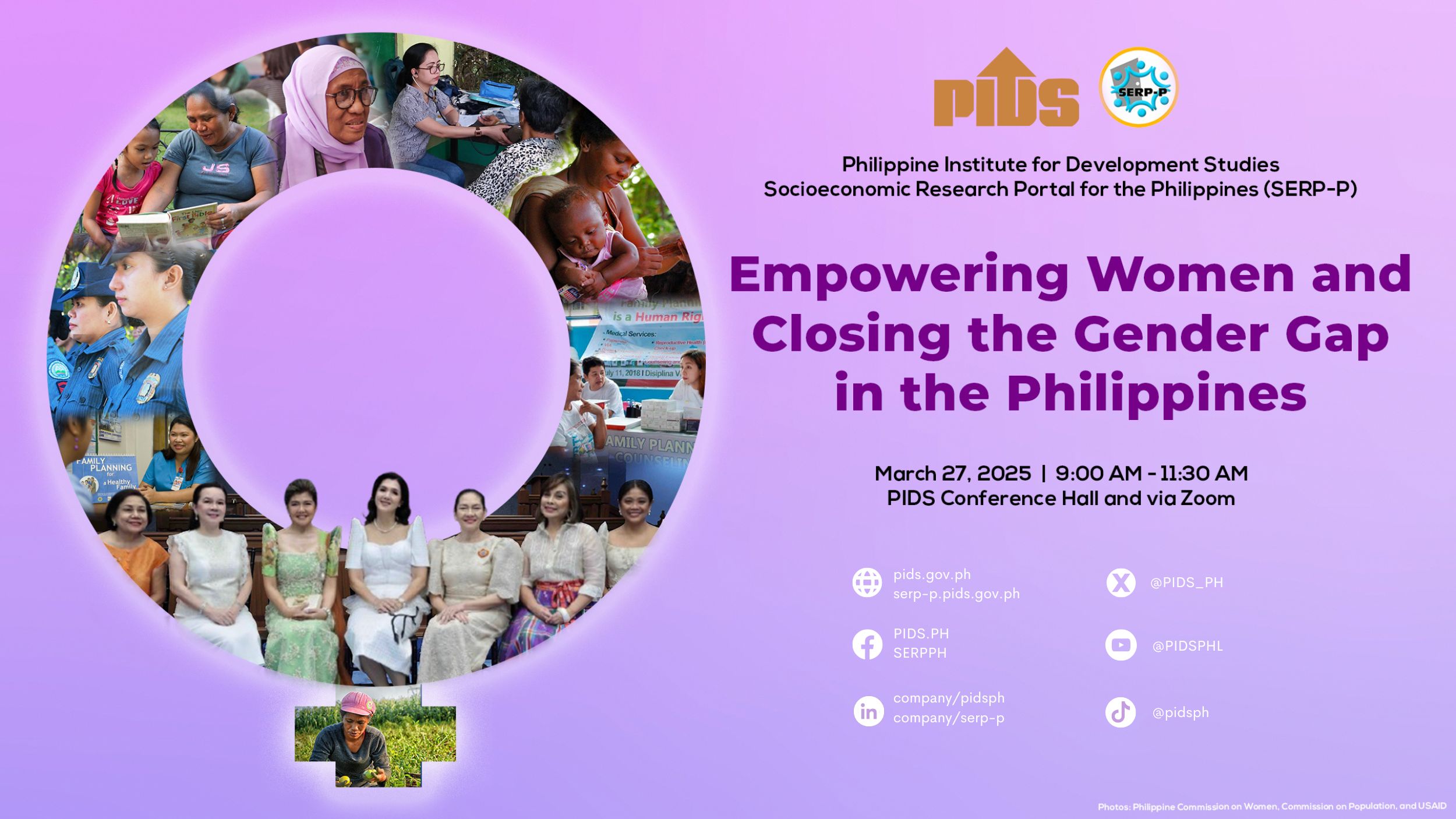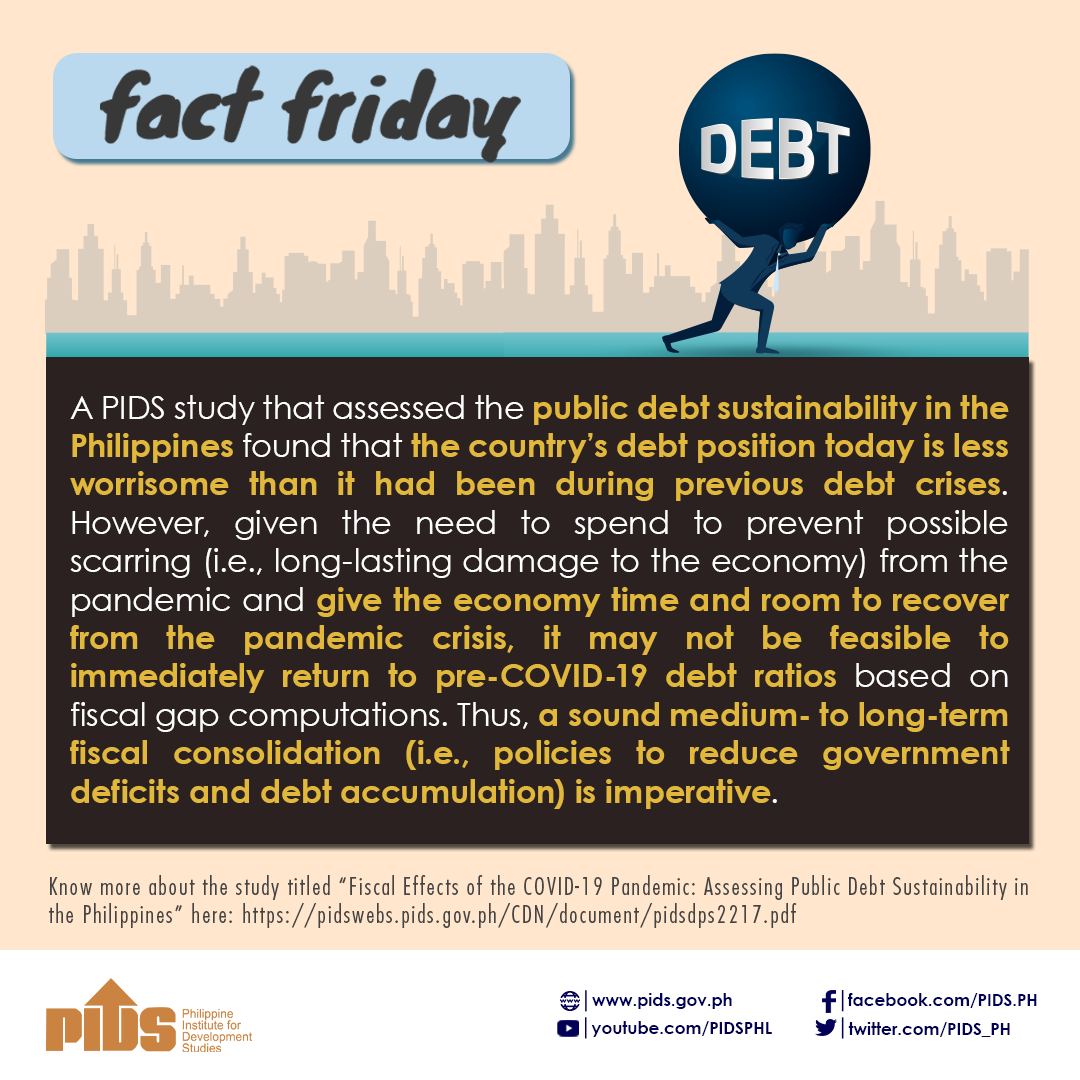This paper examines whether the current level of debt in the country, given the national government’s fiscal policy and plans, remains on a sustainable path. By end-2021, a year after the peak of the public health and economic crisis brought about by the COVID-19 pandemic, the country’s debt-to-GDP ratio had already climbed to 60.5 percent, over 20 percentage points above pre-pandemic levels and slightly above the government’s indicative cap. Several empirical exercises were performed in this paper to investigate the country’s fiscal solvency, namely by (1) providing a historical decomposition of public debt, (2) tracking the evolution of the debt-to-GDP ratio in the next half-decade through standard debt sustainability analysis (DSA), (3) computation of the fiscal gap to shed light on the fiscal adjustment needed to bring the country to more comfortable debt levels, and (4) estimation of fiscal reaction functions for the Philippines and developing ASEAN-5 economies to see how fiscal policy will likely respond to debt and other relevant macroeconomic conditions. Results suggest that the country’s debt position today is less worrisome than it had been during previous debt crises, and that the debt-to-GDP ratio will remain manageable despite peaking above 65 percent over the next couple of years. Given the need to spend to prevent possible scarring from the pandemic and give the economy time as well as room to recover from the pandemic crisis, it may not be feasible to immediately return to pre-COVID-19 debt ratios, based on fiscal gap computations. This underscores the need for a sound medium- to long-term fiscal consolidation plan to anchor sentiments. Fiscal reaction functions for the Philippines and similar economies in the region meanwhile indicate responsible fiscal policy that guarantees fiscal solvency. This presupposes however the absence of major fiscal policy reversals, especially of hard-won fiscal reforms since the mid-1980s.
Comments to this paper are welcome within 60 days from the date of posting. Email publications@mail.pids.gov.ph
Citations
This publication has been cited 30 times
- Bernardo, Romeo. 2023. A 5% economy? (Opinion piece by Romeo L. Bernardo). BusinessWorld.
- Bernardo, Romeo. 2022. Fiscally challenged: Should we worry?. BusinessWorld.
- Caraballo, Mayvelin. 2022. Govt debt servicing higher in May. Manila Times.
- Caraballo, Mayvelin. 2022. Govt debt servicing reduced in April. Manila Times.
- Caraballo, Mayvelin. 2022. PH debt spikes less concerning – PIDS. Manila Times.
- Chipongian, Lee C. 2022. Sustainable public debt assured with fiscal consolidation — PIDS. Manila Bulletin.
- de Vera, Ben. 2022. Gov’t think tank: Share of PH debt to GDP to stay high, peak at 66.8 percent. Inquirer.net.
- de Vera, Ben. 2022. Dominguez: 10 years needed to return to pre-pandemic debt-to-GDP ratio. Inquirer.net.
- Department of Finance. 2022. Fiscal consolidation to make PH public debt more sustainable —PIDS. Department of Finance.
- Department of Finance. 2022. Fiscal consolidation to make PH public debt more sustainable —PIDS. Philippine Information Agency.
- Edge Davao. 2022. Fiscal consolidation needed vs hikes in debt-to-GDP ratio. Edge Davao.
- Guinigundo, Diwa. 2022. Investing a mountain of debt?. BusinessWorld.
- Ismael, Javier Joe. 2022. Taxes eyed on alcopops, other vices. Philippine Star.
- Lopez, Elyssa. 2022. Inauguration 2022: Marcos to continue Duterte's 'Build, Build, Build' despite ballooning debt. Philippine Center for Investigative Journalism.
- Muzones, Marjune. 2022. Scholars discuss current economics of PH and Asia-Pacific. DailyGuardian.
- Nicolas, Bernadette. 2022. Return to 2019 debt-to-GDP levels need not be rushed. BusinessMirror.
- Nicolas, Bernadette. 2022. ‘Government to rely on domestic borrowing’. BusinessMirror.
- Ordinario, Cai. 2022. 30 yrs needed to revert to pre-covid debt level. BusinessMirror.
- Puente, Beatrice. 2022. STAYING AFLOAT | Duterte exercised ‘reasonable’ borrowings despite P12.76T debt, says Angara. News5.
- Robles, Diego Gabriel. 2022. Debt-to-GDP ratio projected to peak at 66.8% in 2023. BusinessWorld.
- Robles, Diego Gabriel. 2022. Debt-to-GDP ratio still manageable — DoF. BusinessWorld.
- Rosales, Elijah Felice. 2022. Revert to pre-pandemic debt level to take time. Manila Times.
- Sta. Ana III, Filomeno. 2023. Erosion of reforms (Opinion piece by Filomeno S. Sta. Ana III). BusinessWorld.
- Ta-asan, Keisha. 2022. Debt-to-GDP ratio seen peaking at 66.8% by 2024. BusinessWorld.
- Ta-asan, Keisha. 2022. For next Finance chief, the top priority is debt management. BusinessWorld.
- Tiglao, Rigoberto. 2022. Where to? Marcos should learn from his father. Manila Times.
- Tomas, T.J. 2022. Philippines may need ten years to bring debt-to-GDP ratio down to 40%. BusinessWorld.
- Tomas, Tobias Jared. 2022. Philippines’ situation is ‘very different’ from Sri Lanka — economists. BusinessWorld.
- Tribune. 2022. Debt ratio ‘manageable’, pre-pandemic level a challenge. Tribune.
- Villanueva, Joann. 2022. Fiscal consolidation needed vs. hikes in debt-to-GDP ratio. Philippine News Agency.

